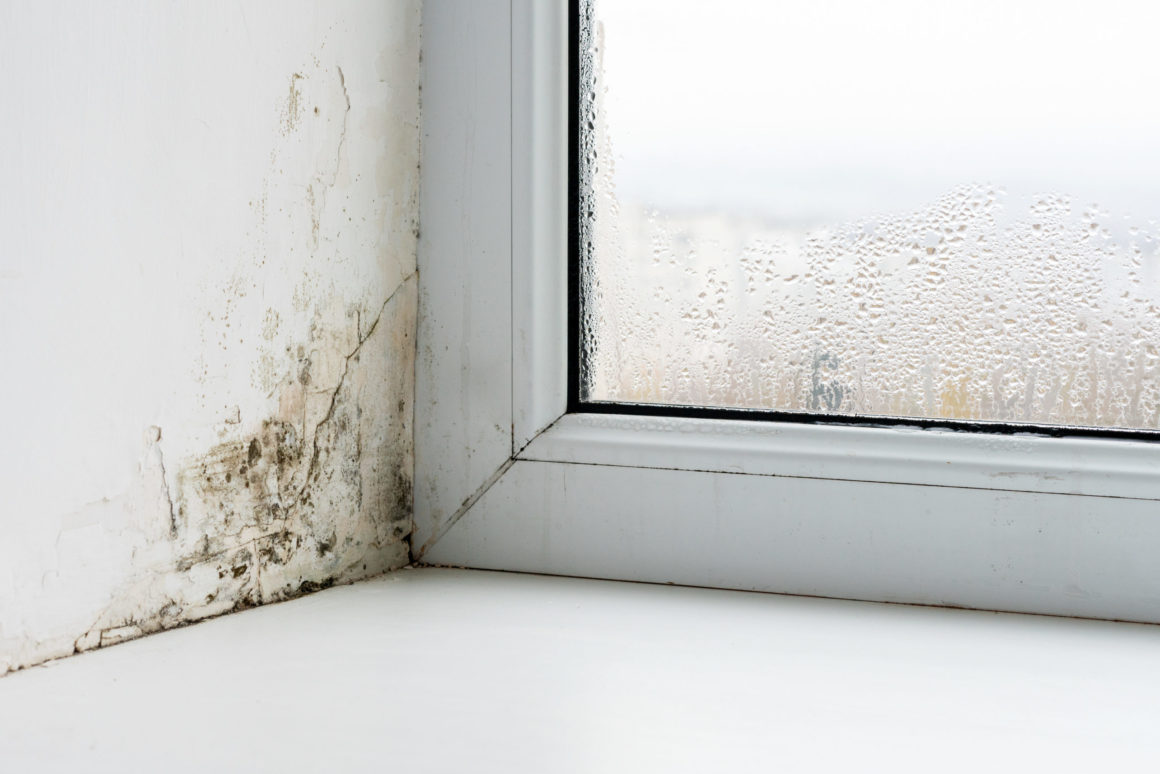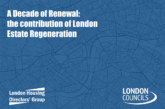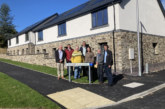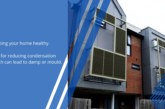
As Awaab’s Law kicks in, experts warn landlords’ reaction isn’t enough and prevention at the source is key.
As Awaab’s Law officially came into force almost three weeks, social housing providers across the UK are entering a new era of accountability when it comes to tackling damp and mould. The landmark legislation, introduced following the tragic death of two-year-old Awaab Ishak in 2020, now requires social landlords to investigate and address damp and mould complaints within strict timeframes of 24 hours for emergency cases and 10 working days for significant hazards.
The new law marks one of the most significant shifts in housing safety regulation in decades, placing fresh emphasis on prevention and accountability. It comes as Britain faces what campaigners have called a national damp and mould epidemic. According to a 2021 report by the Building Research Establishment, the NHS spends an estimated £1.4bn each year treating illnesses linked to living in cold or damp housing. More than one million children live in damp houses, and hundreds of thousands of elderly residents are also affected.
While much of the sector’s focus has centred on internal remediation, environmental risk management specialists Lucion are urging landlords to look beyond the interior and address the external factors that often trigger these issues. The condition of roofs, guttering and ventilation systems can play a critical role in preventing damp and mould from developing in the first place.
“This legislation represents a watershed moment for the social housing sector,” explained Will Vennard, Business Unit Director at Lucion Survey Ltd. “But simply waiting to react to problems isn’t enough. We need to be preventing these issues before they become hazards, and that starts with understanding how external factors contribute to internal problems.”
According to Will, the link between roof conditions and internal damp is more complex than many realise. “We’re dealing with a chain reaction. A seemingly minor roof defect can trigger a cascade of problems that ultimately lead to dangerous levels of damp and mould inside properties.”
Damaged or missing tiles, blocked guttering, failed flashings, and poor ventilation are among the most common issues that can cause water ingress, wet rot, condensation, and hidden damp problems. These external weaknesses not only damage building materials but also create the ideal conditions for mould growth that can affect residents’ health and wellbeing.
“Under Awaab’s Law, social landlords won’t just need to fix problems, they’ll need to demonstrate they’re taking all reasonable steps to prevent them,” Vennard points out. “This is where regular roof condition surveys become invaluable.”
Lucion Survey Ltd is calling on housing providers to integrate regular roof condition drone surveys into their maintenance strategies. Using advanced techniques such as thermal imaging and moisture mapping, these surveys can identify potential issues before they become hazards, document conditions for compliance, and support planned maintenance programmes that reduce emergency repair costs.

Prevention, Will explains, is not only safer but also far more cost-effective. “When you factor in the potential costs of emergency repairs, temporary rehousing, legal action, and reputational damage under Awaab’s Law, regular roof condition surveys represent excellent value for money.”
“Awaab’s Law is changing how the sector thinks about damp and mould,” Will concludes. “Forward-thinking housing providers are already moving beyond simple compliance to embrace truly preventative approaches. Regular roof condition surveys aren’t just about maintaining buildings, they’re about protecting residents’ health and wellbeing, which is what Awaab’s Law is ultimately trying to achieve.”
With Awaab’s Law now in force, Lucion is urging social housing providers to act swiftly and ensure their properties are properly assessed and maintained. Professional roof condition drone surveys offer a fast, cost-effective and proactive solution to help landlords meet their new obligations, prevent hazards at the source, and protect both residents and assets in this new compliance landscape.
Header image credit andrei310/AdobeStock









